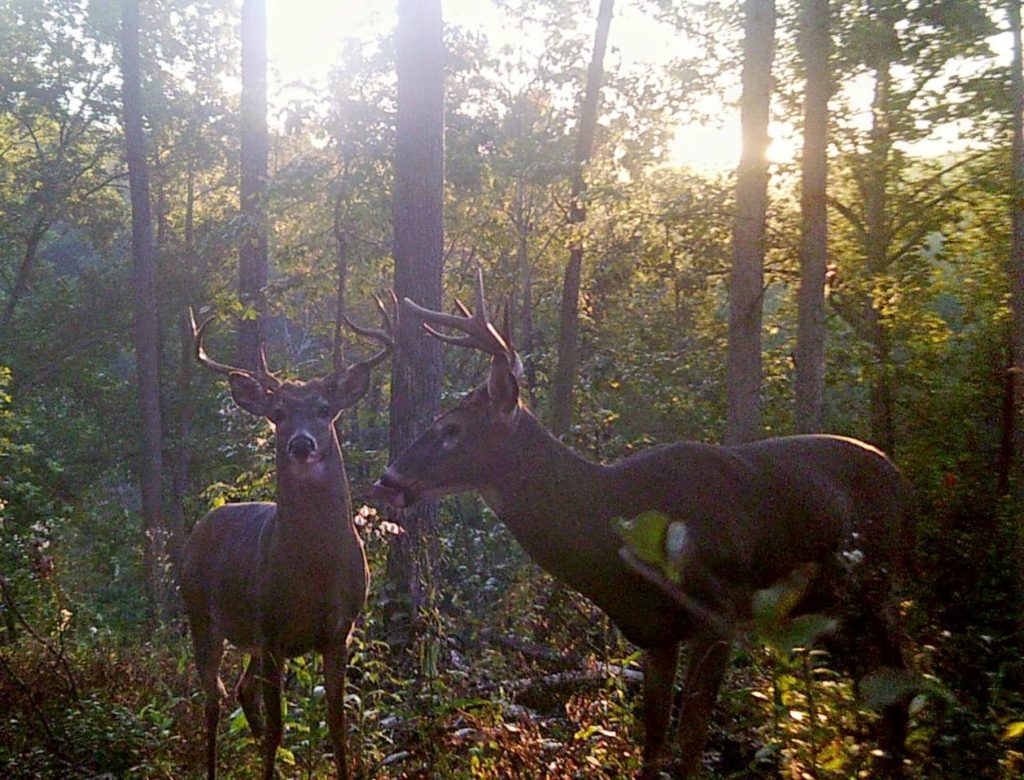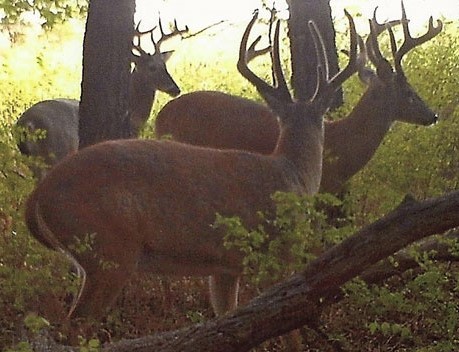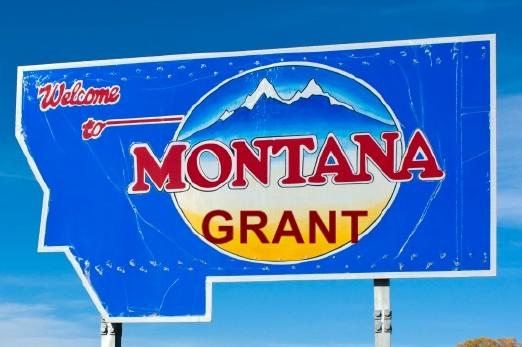27 Aug WHAT YOU SEE NOW…
Is what you will get! August antlers are fully developed and shedding velvet. Once the velvet sheds, the antler bone is no longer growing.

Antler calcification is an amazing process. The conversion of food into “Horn” is one of natures coolest tricks. The pedicle or antler base cuts off any nutrient flow during August and early September. Bucks will still be traveling in Bachelor groups and focusing on eating and living life. Bucks tend to avoid does and fawns, that should now be spotless, and more independent.
Packing on the poundage is the ultimate objective for deer during this pre-rut and winter times. Now is when you can take an inventory of your bucks and get an accurate deer population count. Knowing this will help you target the healthy harvest potential of your herd. If you have trail cams, where legal, check them remotely.
Fall food plots will need some attention. Mow or weed the area now. If you plan any additional plantings, consider your frost dates first. Winter wheat and turnips can withstand frosts better than alfalfa or other grasses. Scout your property for potential food sources. Map out he persimmons, acorns, or other tasty deer treats. This is where you will find this year’s deer. If you are considering planting trees, Fall is a good time. Consider planting apples, chestnuts, or shrubs that deer, in your area prefer.
Tree stands, shooting lanes, and trails should have already been completed. Practicing with your bow or legal weapons should also have been ongoing. You should have checked any straps, ropes, clips or hooks for safety. Any ant, hornet, or bee nests should have been addressed.
Any scouting should be done from a distance, so you don’t scare your deer herd into the next county. This is one of the major mistakes that hunters often make. They are so excited for the upcoming season on their new lease or hunt property, that they bust up the critters too many times. Deer will leave your area and go to a sanctuary where they can relax and avoid any stress.

Mapping your area is a great way to display your data, stand sites, and boundaries. Create a wall map that is easily seen. Now mark any and all data onto his map. Locate rubs, scrapes, bedding, food plots, and information. Deer can be patterned extremely well. Note any times or other weather peculiarities that may be relevant. This will help you plan and strategize for your hunt.
Post pictures of the deer you are targeting. “Cull deer” may be of interest if you are managing your area for specific or bigger bucks. Older does, or injured animals may also need to be culled. Deer that survived an injury to one side of their body will never grow an antler as large on that side. After 6-7 years, a mature buck will begin to decline. Their teeth will be there destruction. If they can’t grind their browse, they begin to become aged and less massive.
August is also the time when any diseases such as CWD or EHD will begin to show up. Specific deer may look noticeably smaller, less filled out, or begin to show behaviors caused by these diseases. If you have no knowledge of deer diseases, you need to become a student of them. Sadly, our deer herds are becoming more likely to become infected by these devastating diseases.
Just because outdoor stores sell mineral blocks and antler growth feeds, does not mean that you need to put them out now. Honestly, these should have been placed in the habitat last Spring. Most salt, mineral, or attractant offerings will not be used by deer until later this Winter. Some evidence of use may be evident more because of location and trails than actual need. Corn and other feeds, act as attractants but can be harmful to deer. Bucks are often found starved to death with a full belly of bloated corn. Hunters want to attract deer close to there stands but… It is true that many states allow this practice, but true hunters question this practice. To some, it feels like cheating, especially in harsh weather or later in the season.
Investing in rut and better scouting is a better investment of your money. Consider using appropriate scents and estrus liquids that are healthy. Infected urine or estrus excretions can wipe out a healthy deer herd. The best and most healthy products are more expensive but worth the environmental price.
When you create a hot scrape or use deer scents or bait, the deer will congregate at these locations and touch noses. This is one way that diseases are quickly spread. Consider this when deploying these attractants.
The most successful deer hunters, that consistently tag out are “HUNTERS” first. This means that they know how to read sign, tracks, hunt the wind and weather, are stealthy, and experts at stand placement. They are also exceptional shots. Ethical hunters understand everything that has been discussed in this article. They do not need a crutch, secret sauce, or advantage.
Great Hunters Hunt!
Montana Grant
For more Montana Grant, hunt him up at www.montanagrantfishing.com.


